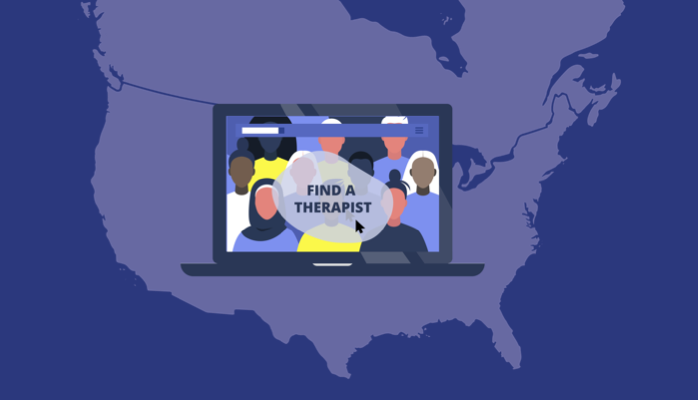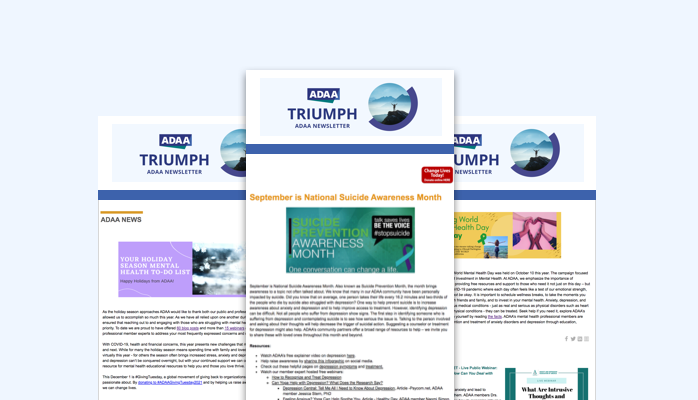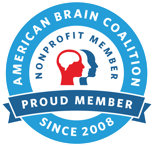 Editor in Chief, Journal Watch Psychiatry
Editor in Chief, Journal Watch Psychiatry
Editor in Chief, UpToDate Psychiatry
Professor Emeritus, Department of Psychiatry, University of Washington School of Medicine
Co-founder, Psychiatric Medicine Associates
Dr. Peter Roy-Byrne is Professor Emeritus in the Department of Psychiatry at the University of Washington School of Medicine. He is recognized for his expertise in translating science to clinical practice and stays at the leading edge of research by editing three academically-oriented publications: Depression and Anxiety, Journal Watch Psychiatry, and UpToDate Psychiatry. From 1992-2011, he was Department Vice Chair and Chief of Psychiatry at the University's Harborview Medical Center, where he was a clinical expert and NIMH-funded researcher focusing on the evaluation and treatment of complex mood and anxiety disorders. His published and funded work has emphasized issues of co-morbidity, particularly the intersection of depression, anxiety, substance abuse, and medical illness, as well as the value of cognitive-behavioral therapy, both alone and in combination with medication. He now devotes his time to his group psychiatric practice and editorial and forensic work.
He has been an ADAA member since 2002. Dr. Roy Byrne was the ADAA Depression and Anxiety Journal Editor-in-Chief from 2008-2017.
Why I am an ADAA member?
I joined ADAA 15 years ago to network with other anxiety disorder researchers that I knew. I had been to the meeting before that for the same reason and was going more and more often so decided to join. I kept going back most every year, was conference Chair for the Seattle meeting in 2005, and as my interests evolved from the more purely neurobiological to the clinical and treatment arena I grew more fond of the meeting. It seemed to have the perfect mix of science and practice and the perfect mix of researchers and clinicians for me to interact with. What began as an effort to network for research evolved into an interest in blending the scientific with the clinically practical.
What do I value about the ADAA mission and how does my work fit into the ADAA mission?
I enjoy and greatly value the organizations continual focus on linking research to practice. This focus is what makes ADAA unique in my mind. I had become Editor in Chief of Depression and Anxiety in 2008, the same year that it became the official journal of the ADAA. I realized at the time that the journal should reflect the ADAAs dual focus on research and clinical care and that it should strive to publish research that has a clinical focus or implication. I made a major transition from full time academic work and research to part time research and part time clinical work a few years later. At the time I founded a multidisciplinary group practice in Seattle, Psychiatric Medicine Associates, dedicated to delivering the best of evidence based treatments, both pharmacological and psychotherapeutic, to patients. Attending ADAA became more relevant as I needed to sharpen my psychotherapeutic skills to more effectively treat the larger number of patients I was seeing. Hence I began to attend more of the psychotherapy-focused sessions. My research efforts were now coming full circle as they needed to have more immediate impact of people’s lives.
What is the thing that I think is most exciting/interesting about what is currently happening in my lab or workplace?
I enjoy my current clinical practice because we are all dedicated to delivering the most up to date treatments and regularly share cases and consultations with one another both informally in our offices and formally in weekly structured case conferences and didactic presentations. My various editorial roles allow me to stay up to date with the most cutting edge research. I also enjoy the extreme challenge of trying to help people with very treatment resistant anxiety and depression—it is hard to always make a difference but when you can, it is extremely satisfying to see people make dramatic improvements and get their lives back. Even when our efforts are limited, being able to support people in distress and make smaller incremental gains is a goal and mission all of us in the field must embrace. I work closely with both psychologists and other psychiatrists and find the interactions not just clinically illuminating but emotionally supportive. Together we are able to help one another counter the emotional challenge of working with very ill patients and avoid clinician “burn out”. Right now, my work life includes the ideal mix of science and clinical practice and ADAA is my favorite meeting to attend.











